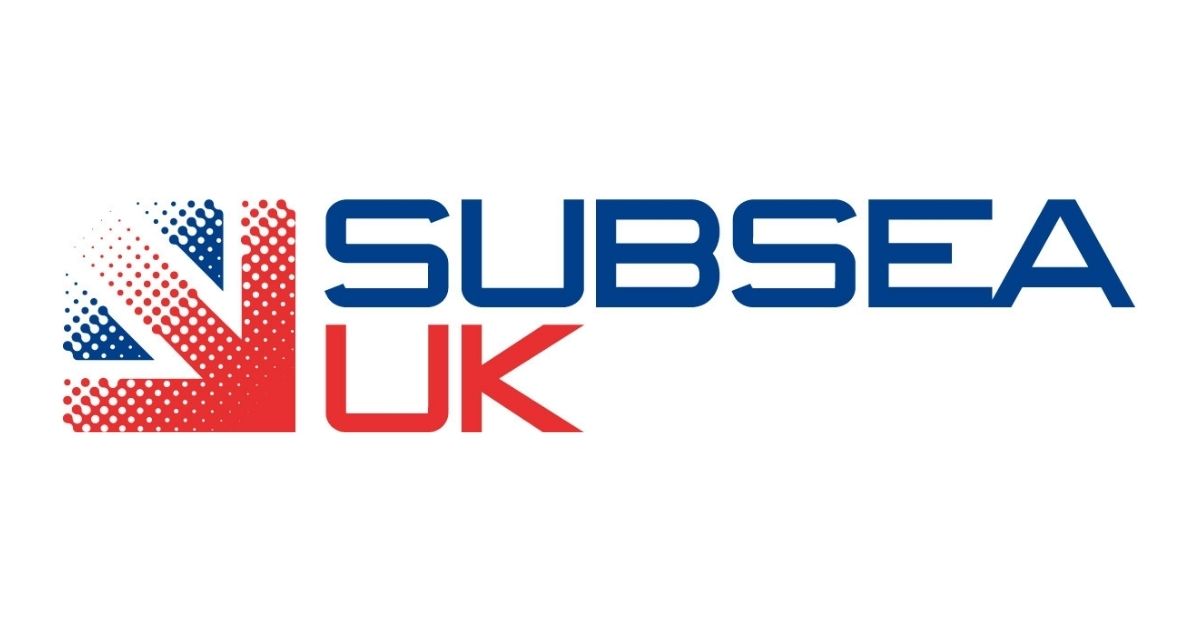Snapshot Survey of UK Subsea Supply Chain Reveals Cautious Optimism

A snapshot survey of the UK’s £7.8billion subsea supply chain has revealed that SME’s operating in the underwater engineering industry are cautiously optimistic about the next six to twelve months.
Industry body, Subsea UK, recently surveyed its smaller member companies to find out how they were dealing with the fall-out from COVID-19.
Almost 75% of respondents do not anticipate making redundancies in the near future and 56% are fairly optimistic about the next six to twelve months. However, almost 23% of respondents are making redundancies with only 3.5% actively recruiting. The last business activity review into the sector in 2019 reported that the subsea industry in the UK employed 45,000 people.
The top three priorities for subsea SMEs at this time are the health and well-being of employees, cash-flow and lack of visibility over project work and their order books.
Respondents also revealed that their target markets remain unchanged as a result of the global pandemic. In terms of geography, Europe remains a key market, followed by Gulf of Mexico, Asia Pacific, and the Middle East.
While oil and gas is still the largest market for the subsea industry, diversification into other areas of underwater engineering is more important than ever. Offshore renewables now account for almost 25% of all subsea revenues (around £1.8billion) and income from aquaculture, defense and subsea mining is growing.
The snapshot survey reinforced this with respondents most interested in receiving market intelligence on offshore wind and other marine renewable opportunities.
The rise of the webinar has proved popular among respondents with a third keen to attend more online events to obtain market intelligence and share experiences.
Subsea UK’s 300-strong membership, which represents the majority of subsea companies in the supply chain, were surveyed to provide evidence-based insight into the impact of the last few months.
Subsea UK’S chief executive, Neil Gordon, said: “While it’s too early to determine the full extent of the economic impact on the subsea industry, our latest findings are more encouraging than we anticipated.
“Although there have been major redundancy programs across the tier one companies, the situation among SMEs – who make up the bulk of the subsea supply chain – does not appear quite so gloomy. However, this cautious optimism must be put in context with the overall bleak outlook we are seeing.
“The subsea supply chain has a pivotal role to play in the energy transition and the green recovery. That is why Subsea UK’s efforts are focused on working with government and stakeholders to make sure no stone is left unturned in exploring short to medium-term initiatives that will stimulate activity and keep the supply chain as robust as possible.
“Given the fragility of subsea companies due to low margins, lack of resources, cash and investment and, in many cases, considerable debt as a result of the last protracted downturn, it’s vital that we do everything we can to protect the supply chain so that we are not constrained when it comes to delivering the green recovery.
“The subsea industry is nothing if not resilient and, once more, we must demonstrate the ingenuity and determination that got us through the last downturn in order to survive the impact of COVID-19.”
On the back of these findings, Subsea UK is rolling out a series of webinars with speakers from industry and economic development that will focus on the challenges identified. The webinars will center around the support available and the initiatives being proposed by government and other organizations to provide support in key areas such as overseas opportunities and market intelligence to help the subsea industry flourish.

